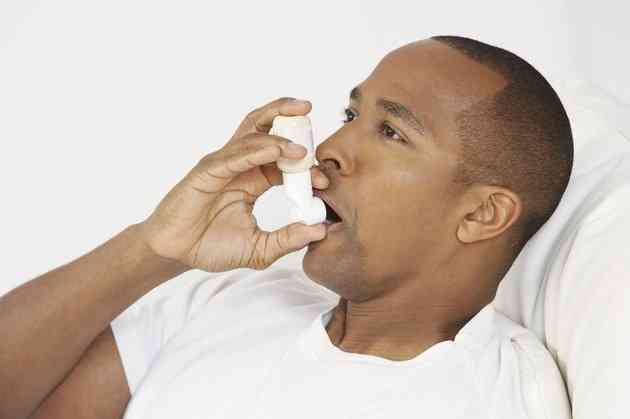How to Get Rid of Baby Fat on Your Face

Your baby face may influence how people treat you. As pointed out in a 2008 paper published in Social & Personality Psychology Compass, people associate a baby face with childlike, immature traits. You're viewed as cute and approachable, not strong and authoritative. (ref 1, under "Impressions Created by Variations in Babyfaceness - Baby Face Overgeneralization" - first paragraph)
 Healthy living helps your whole body, including your face, slim down. (Image: PeopleImages.com/DigitalVision/Getty Images)
Healthy living helps your whole body, including your face, slim down. (Image: PeopleImages.com/DigitalVision/Getty Images)You're born with specific facial features, though, and if you don't lose that baby face roundness by the time your reach your mid to late 20s, it's likely a genetic trait, not lingering baby fat. (ref 2) Losing weight may help a full face slim down, but you can't directly target your face for loss. Your body slims down proportionally -- no exercise, supplement or food combination specifically pinpoints the fat on your cheeks and chin.
Targeting Baby Fat on Your Face is Impossible
Targeting any part of your body for fat loss is simply impossible. Your body doesn't burn fat from a specific area, even if you exercise that area consistently. You mobilize fat for energy from fat cells that exist all over your body. When the fat is mobilized, metabolic processes transform it into usable energy in the form of glycerol and free fatty acids.
Your body uses more stored fat for energy when it senses a deficit between calories consumed and calories burned. Facial exercises that promise to melt fat don't use a lot of energy and aren't really intense enough to mobilize fat stores.
Cardiovascular exercise that uses the major muscle groups -- think brisk walking, swimming and cycling -- burns a lot of energy and can trigger your body to dip into its fat stores, prompting weight loss when combined with a reduced-calorie diet. You may notice weight loss in your face as a result of your total-body efforts.
Facial Fat and Aging
Much of the fat in your face is subcutaneous and naturally diminishes with age. You can't rush the process; however, you have to wait for collagen -- a protein that promotes the elasticity of your skin -- to naturally break down as you get older. Usually this starts to occur in your mid- to late-20s, and you'll notice a reduced volume in chubby cheeks.
Don't be so quick to lose your youthful roundness with drastic weight-loss plans, though. Extreme weight loss can result in a face that looks gaunt, droopy and hollow in the eye sockets -- aging you prematurely.
Getting Rid of Fat
The healthiest weight loss comes from following a moderately portioned, whole foods diet and exercising more. As you lose weight all over your body, your face will shrink in proportion. Whether or not you lose all the fullness that you perceive as baby fat really depends on your genetic features and facial shape. You can't force changes in your genetics with diet and exercise.
Determine the number of calories you need daily to maintain your current weight and lifestyle using an online calculator or by consulting with a dietitian. Then, create a calorie deficit by moving more -- which increases your burn rate -- and eating less. For example, to lose a pound per week, create a 500-calorie daily deficit by exercising off an additional 250 calories per day and eating 250 calories less. Don't skimp on healthy food calories, though. Cut out sugary treats and refined grains first.
Facial Exercises
Facial exercises promise to help you erase fine lines, wrinkles and sagging skin associated with loss of collagen as you age. Whether or not facial exercises truly combat these common aging afflictions has not been researched, but you may very well be able to tone the small muscles of the face to delay aging.
Spot exercising any area of the body to lose fat has been proven futile in research, however. A 2013 study published in the Journal of Strength and Conditioning Research demonstrated that participants who diligently exercised a leg with more than 1,000 repetitions of the leg press three times per week for 12 weeks experienced no change in the amount of fat in that leg, despite losing some fat elsewhere in the body. You can't expect your face to act any differently when it comes to fat loss.




